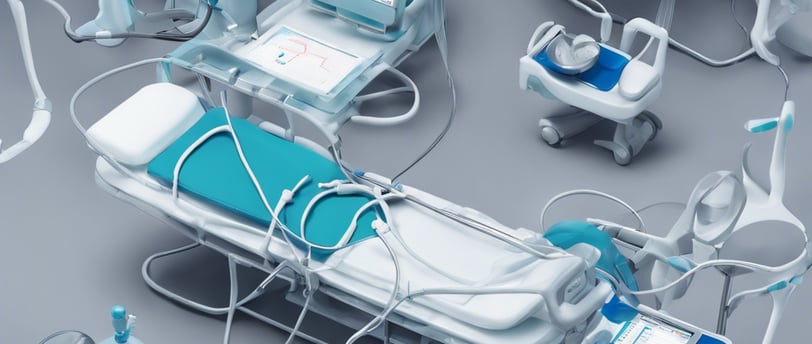Understanding the Current Status of EU MDR: What Medical Device Manufacturers Need to Know
EU MDR, a significant overhaul in medical device regulation, aims to bolster patient safety and transparency. Delayed to May 2021 due to COVID-19, it introduces stricter rules and mandates for post-market surveillance and supply chain traceability. Compliance requires proactive strategies, collaboration, and continuous monitoring to ensure sustained market access and quality.
Liz Haines
4/1/20241 min read


Understanding the Current Status of EU MDR: What Medical Device Manufacturers Need to Know
In the realm of medical device regulation, the European Union Medical Device Regulation (EU MDR) stands as a pivotal framework aimed at enhancing patient safety and transparency within the industry. As the implementation deadline looms, medical device manufacturers face a pressing need to grasp the nuances and implications of this regulatory overhaul.
The Transition Period:
Originally slated for full implementation in May 2020, the EU MDR transition period was extended to May 2021 due to the COVID-19 pandemic. However, many manufacturers are still grappling with compliance challenges amidst evolving regulatory requirements and increased scrutiny.
Key Changes and Requirements:
EU MDR introduces several significant changes, including stricter classification rules, enhanced post-market surveillance obligations, and heightened scrutiny of clinical data. Additionally, the regulation mandates a shift towards greater transparency and traceability throughout the supply chain, with emphasis placed on product traceability and Unique Device Identification (UDI) requirements.
Challenges and Implications:
The transition to EU MDR presents notable challenges for manufacturers, ranging from resource constraints and increased documentation burdens to the need for comprehensive data management systems. Moreover, non-compliance risks significant penalties, including market withdrawal of non-compliant devices.
Navigating Compliance:
Effective compliance with EU MDR demands a proactive and strategic approach. Manufacturers must prioritize thorough gap assessments, robust quality management systems, and proactive engagement with notified bodies. Collaboration with regulatory experts and leveraging industry best practices can also streamline the compliance journey.
Looking Ahead:
As the EU MDR deadline approaches, manufacturers must remain vigilant and agile in adapting to regulatory changes. Continuous monitoring of regulatory updates and proactive risk management are essential for ensuring sustained compliance and market access within the European Union.
In conclusion, the status of EU MDR underscores the imperative for medical device manufacturers to prioritize compliance readiness. By understanding the regulatory landscape, addressing compliance gaps, and embracing a proactive approach, manufacturers can navigate the complexities of EU MDR and uphold the highest standards of patient safety and product quality.
